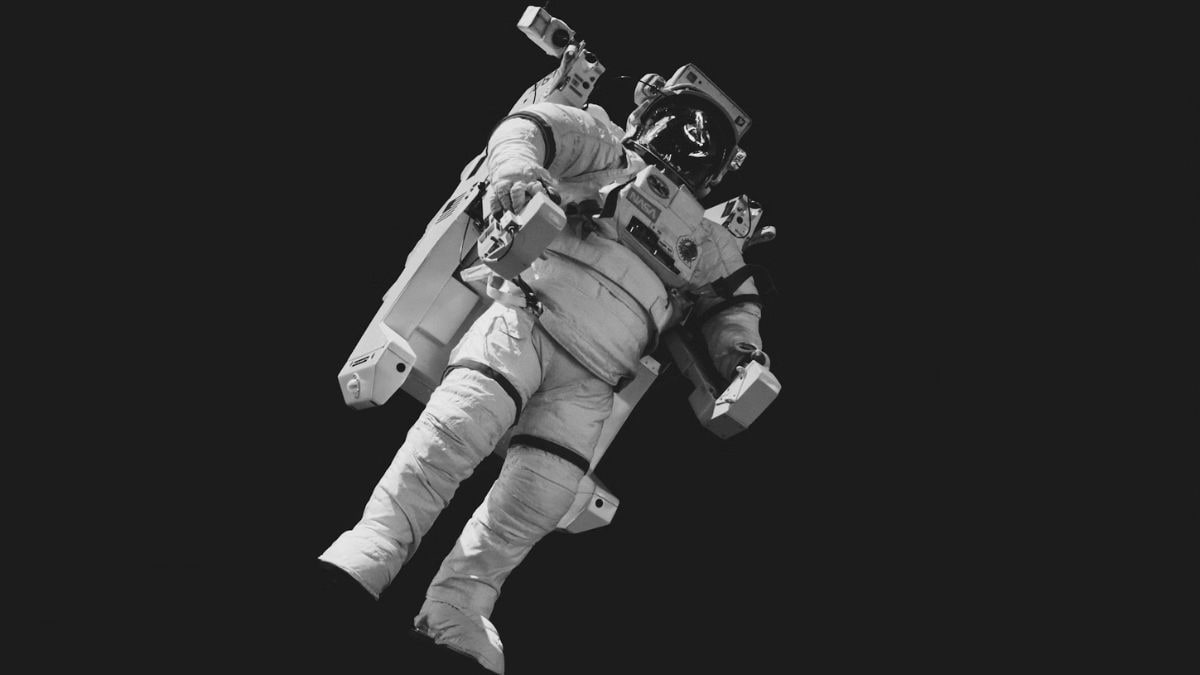China’s Chang’e-6 mission samples could reveal secrets of the moon’s far side

Chinese scientists have made a major breakthrough in lunar exploration by analyzing samples from the far side of the moon collected during the Chang’e-6 mission. The study, conducted by the National Astronomical Observatories of the Chinese Academy of Sciences and other leading institutes, has revealed significant differences in the composition of this unexplored region, marking an important step in our understanding of the moon’s evolution.
Unique composition from the far side
The Chang’e-6 mission brought back lunar samples that differ significantly from those previously collected. Researchers found that the far side of the moon is made up of a mixture of basalt and strange ejecta, different from samples from the near side, according to the study paper published in the journal National Science Review. These new samples contain lighter particles such as glass and feldspar, which were not present in samples from previous missions.
The materials likely come from recent impacts, as evidenced by fresh craters near Chang’e-6’s landing site.
Insights into lunar volcanism and geology
These findings are important for understanding the geological history of the moon. The far-side samples are less dense and more porous than previously studied lunar soils, according to a Chinese Academy of Sciences reportThe loose and fluffy nature of these samples provides important clues about the Moon’s volcanic activity and the deeper layers of the lunar crust.
A milestone mission in lunar exploration
The Chang’e-6 mission collected more than 1.9 kg of material from the South Pole-Aitken Basin, the largest and oldest impact crater on the Moon. This is the first time that any country has collected samples from the far side, a region that was previously inaccessible. These new findings highlight the importance of studying both sides of the Moon to better understand its origins and evolution, and to fill the gaps left by previous missions that focused exclusively on the near side.




